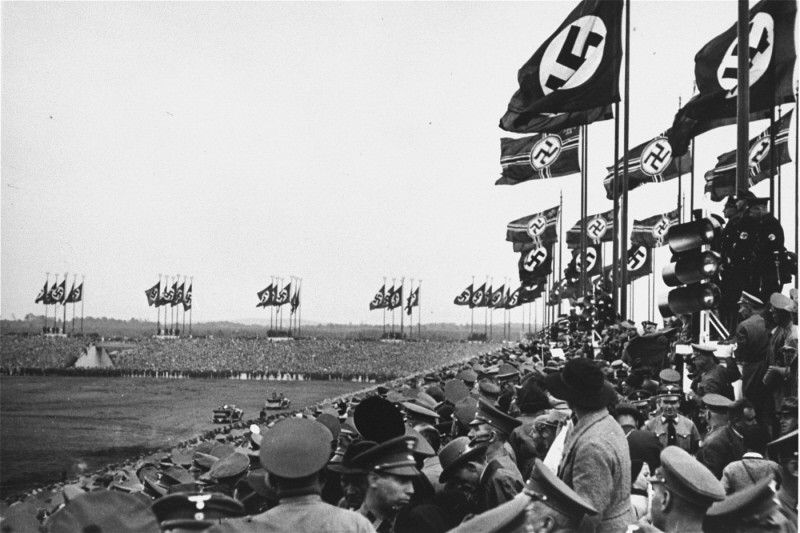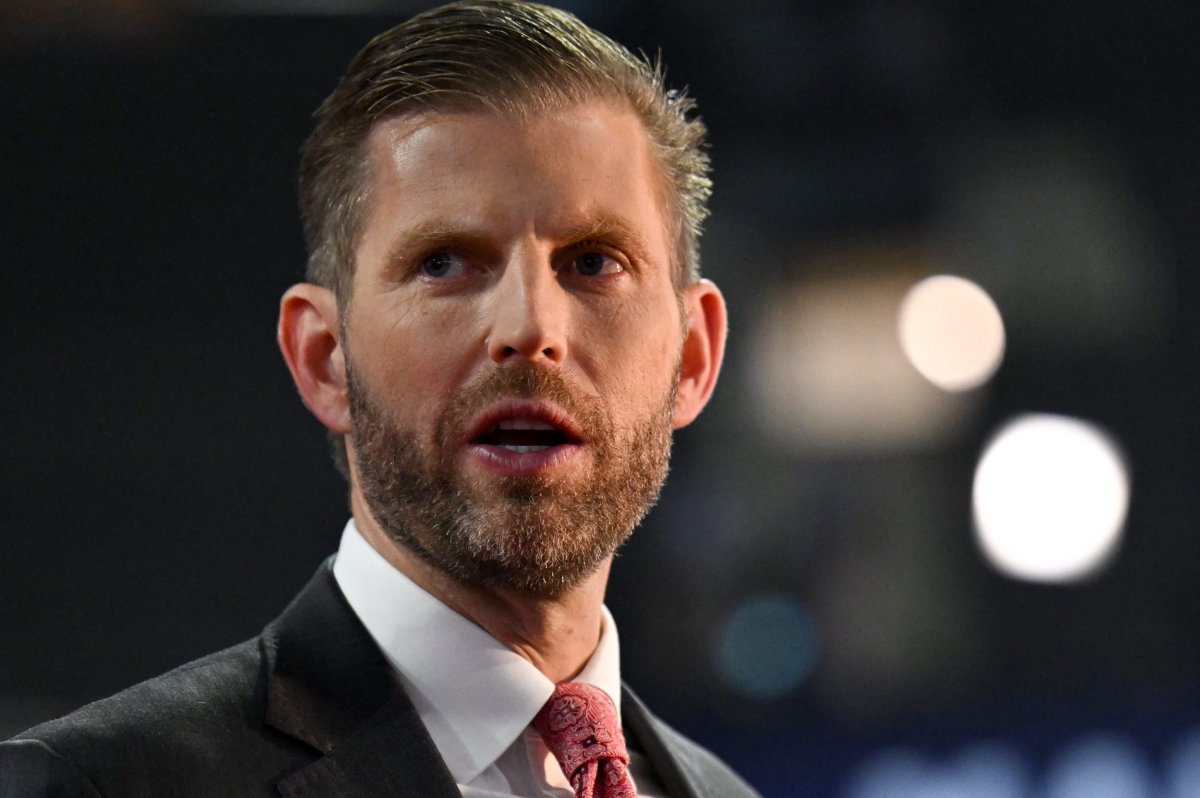Trump Says Musk is “A Wonderful Guy”

Russia’s Foreign Minister Compares Ukrainian Nazis With Third Reich

Russian Foreign Minister Sergey Lavrov said Nazis in both Ukraine and in World War II-era Germany killed people based on their ethnicity. Lavrov was speaking after discussions with Kyrgyzstan’s Foreign Minister Jeenbek Kulubaev on Sunday, […]
The post Russia’s Foreign Minister Compares Ukrainian Nazis With Third Reich appeared first on The People’s Voice.
Eric Trump Hints at White House Run

Eric Trump has hinted that he or another member of the Trump family could run for president after his father’s second term ends. During an an interview with the Financial Times, the presidents 41 year […]
The post Eric Trump Hints at White House Run appeared first on The People’s Voice.
Ron Paul: A Big Beautiful Bill for the Military-Industrial Complex

Watch LIVE: Leavitt Briefs Press Following Legislative Victory Streak for Trump White House

Special Report: Trump Rulings Annihilate The Left’s Agenda

